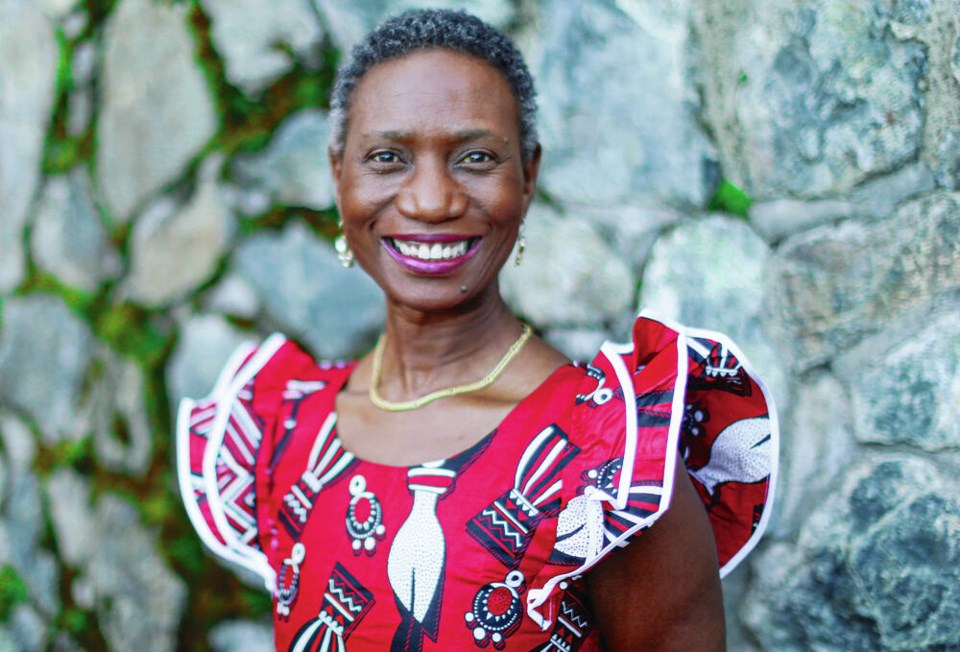Blacks welcomed to British Columbia with open arms more than 160 years ago have left a deep legacy in the province, with contributions that can be traced back to the formative days of the province.
In 1852, Victoria was crowned the capital of the newly formed Crown Colony of Vancouver Island. It was followed six years later by the Colony of British Columbia, which comprised the mainland. Slavery was still legal — the abolition of slavery did not come about until 1865.
In 1858, a group of close to 800 Blacks left San Francisco for the promise of a new life in British Columbia. Unlike Black slaves who had escaped and were smuggled into the country via the Underground Railroad in the East, these new immigrants were educated and skilled, all attracted by the promise of living and working as equals.
The first Blacks to arrive in Victoria at that time found a tent-covered city but a ground fertile with opportunity.
James Douglas, governor of both colonies at that time, was astute enough to realize that the fledgling colonies needed settlers to thwart the constant threat of American territorial claims.
“We were invited here — were told that we were needed here,” says Silvia Mangue Alene, president of the B.C. Black History Awareness Society and equity, diversity and inclusion co-ordinator for the City of Victoria.
The Black pioneers traded oppressive racial conditions in the United States for a chance of equality and a new life.
“We have made progress and come a long way as the racism we face today is not as overt. But it is not the finish line. The fight continues and there is still a lot of work to do,” said Mangue Alene. “We now are fighting a more systemic racism.”
While the early pioneers still encountered racism and discrimination, they embraced their new home, with contributions to the political, religious and economic life of the young colony.
The newcomers played important roles in the development of the colony. Mifflin Gibbs, a merchant, represented the James Bay district as a Victoria city councillor.
He went on to represent Salt Spring Island in the Yale Convention in 1868, when delegates from throughout the colony met at Yale to discuss union with Canada.
Charles and Nancy Alexander initiated and preached at the Shady Creek Methodist Church, which now stands at 7180 East Saanich Rd., and John Deas established a salmon cannery on the mainland. Others who came included teachers, poets, artists, dentists and farmers.
“Black history runs narrow but deep in this province and it is a legacy that we are very proud of,” said Mangue Alene. “Education is important to keep the history alive.”
She said lessons learned from Blacks protesting for equal rights in the 1940s and 1950s have shown youth how to protest in a healthy way today.
“We want to be recognized, just like all the different groups in Canada today,” said Mangue Alene. “We cannot have hope in a vacuum.”



